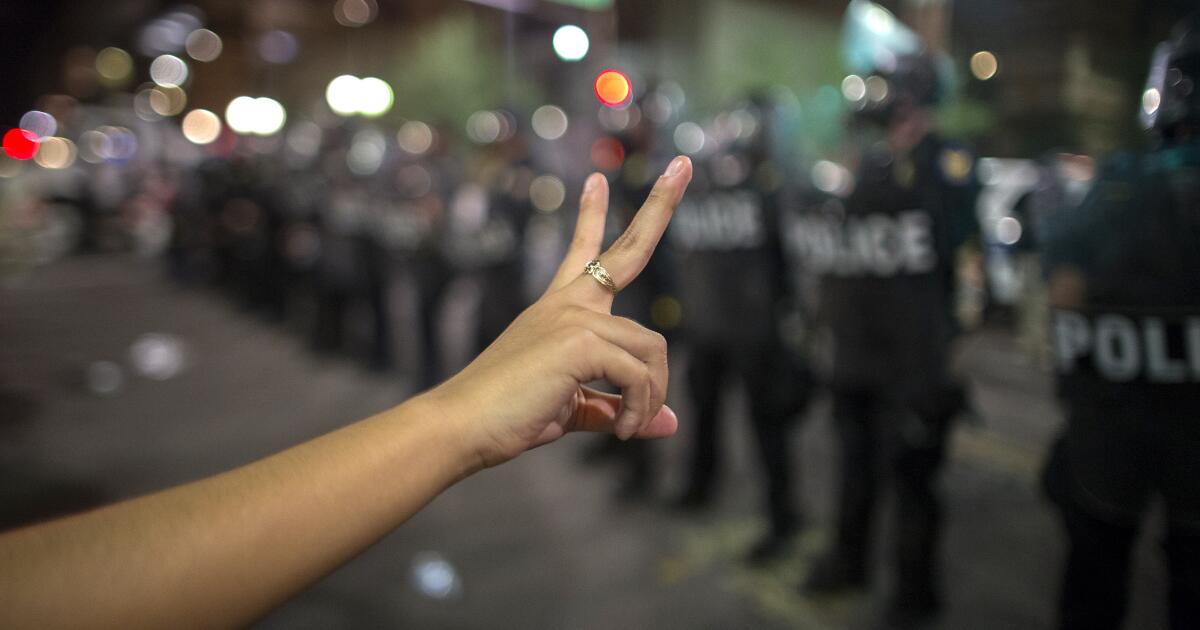Kelsey Grammer, 70, welcomes 8th baby, 4th with Kayte Walsh
Septuagenarian TV star Kelsey Grammer is still growing his family, most recently with the arrival of his newest child.
The beloved “Cheers” and “Frasier” actor, who turned 70 in February, is now a father of eight. Grammer announced he and wife Kayte Walsh welcomed their fourth child together during his appearance on the “Pod Meets World” podcast.”
We just had our fourth one, it just became eight kids,” he said during the podcast episode, published Monday. “Christopher, that’s [who] just joined the family.”
The Emmy-winning TV veteran said his newest son arrived “three days” before the episode taped and joked with podcast hosts Rider Strong, Danielle Fishel and Will Friedle that he has “clusters” of children of different ages.
Grammer and Walsh, 46, married in 2011 and also share a teenage daughter and two sons. People reported in June that the couple was expecting a child again, publishing photos of the two taking a stroll through London.
The five-time Emmy winner has been married four times. Before Walsh, he was married to dancer-model Camille Donatacci. He was also briefly married to Leigh-Anne Csuhany, and dance instructor Doreen Alderman before that. His seven other children, the eldest being actor Spencer Grammer, hail from those previous relationships.
The sitcom star became a grandfather in October 2011, when his son Spencer welcomed a son with ex-husband James Hesketh.
In the past, Grammer has been open about the “beauty of being an older dad.” He told the Guardian in 2018 that raising children later in life he feels fortunate to “get a chance to kinda try it again. That’s been a real gift.”
The actor announced the arrival of his eighth child while promoting his book “Karen: A Brother Remembers,” released in May, about the brutal murder of his sister at age 18 and his lifelong battle with grief. During the episode, Fishel asked the actor how much his children knew about his late sister.
He explained his older children have varying degrees of knowledge about his sister, while his younger kids will have to wait to learn more and read his book. “Some of the stuff is too brutal, they don’t really need to be exposed to that yet,” he said.
Throughout the podcast episode, Grammer also recalled the proceedings in his sister’s case and learning how to process the loss while delivering laughs on TV.
“I didn’t walk around talking about it a lot, it’s been with me since the day it happened,” he said.

